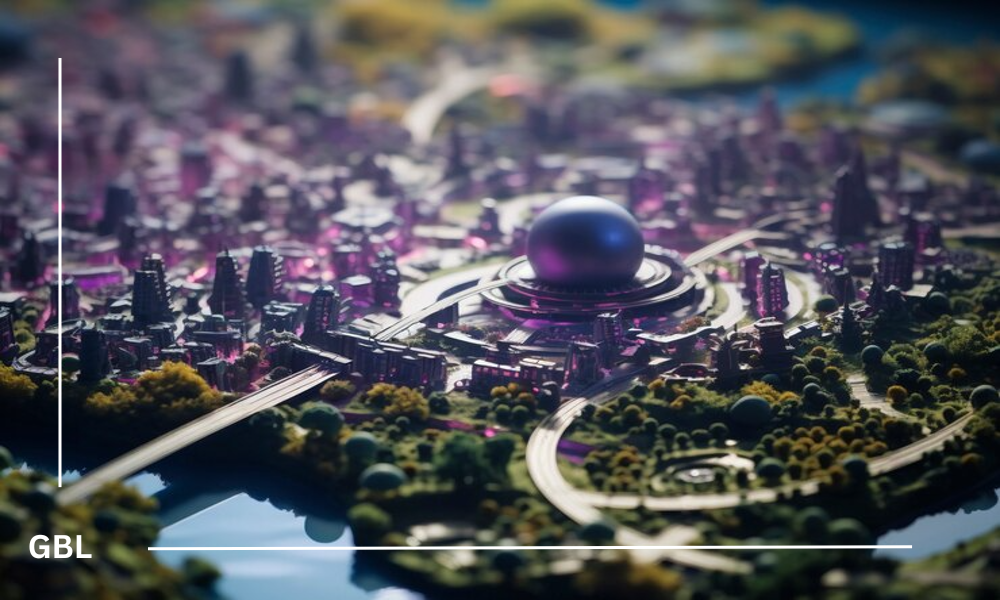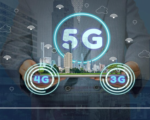Urban landscapes are undergoing a remarkable transformation as cities embrace innovative planning strategies to tackle modern challenges and envision vibrant futures. From high-tech solutions to sustainable design principles, the way we plan and develop our urban spaces is evolving to meet the needs of a growing and dynamic world.
One of the most exciting trends in urban planning is the rise of smart cities. These urban areas leverage technology to enhance efficiency and quality of life. Cities like Singapore and Barcelona are pioneering this movement, using sensors and data analytics to manage everything from traffic flow to energy use. Imagine a city where streetlights dim or brighten based on foot traffic, or where waste management is optimized through real-time monitoring. These advancements are making cities more responsive and user-friendly.
Sustainability is another key focus. Urban planners are increasingly incorporating green features into their designs to address environmental concerns and enhance livability. Projects such as New York’s High Line, a park built on an old elevated rail line, and Milan’s Bosco Verticale, a pair of skyscrapers covered in greenery, are prime examples of how integrating nature into urban environments can rejuvenate city life. These green spaces not only beautify cities but also combat air pollution and mitigate the urban heat island effect.
The trend towards mixed-use developments is reshaping how we experience urban life. By combining residential, commercial, and recreational spaces, these developments reduce the need for long commutes and create vibrant, walkable neighborhoods. This approach fosters a sense of community and convenience, as seen in redevelopment projects like Toronto’s Canary District, which has transformed a former industrial area into a lively, integrated part of the city.
Climate resilience is also a top priority. With extreme weather events becoming more frequent, cities are designing infrastructure to withstand these challenges. This includes enhanced stormwater systems to prevent flooding, flood-resistant buildings, and increased green spaces to absorb rainwater and provide cooling. These measures are crucial for ensuring that urban areas remain livable in the face of climate change.
Public engagement is central to modern urban planning. Involving residents in the design process ensures that new developments reflect their needs and preferences. By incorporating feedback through consultations and participatory design, planners can create spaces that truly resonate with the community and foster a sense of ownership.
As cities continue to grow and evolve, the future of urban planning looks promising. With a focus on technology, sustainability, and community involvement, we are moving towards urban spaces that are not only functional and efficient but also vibrant and resilient. The cities of tomorrow are being shaped today, and they hold the promise of a more connected and sustainable urban experience.










